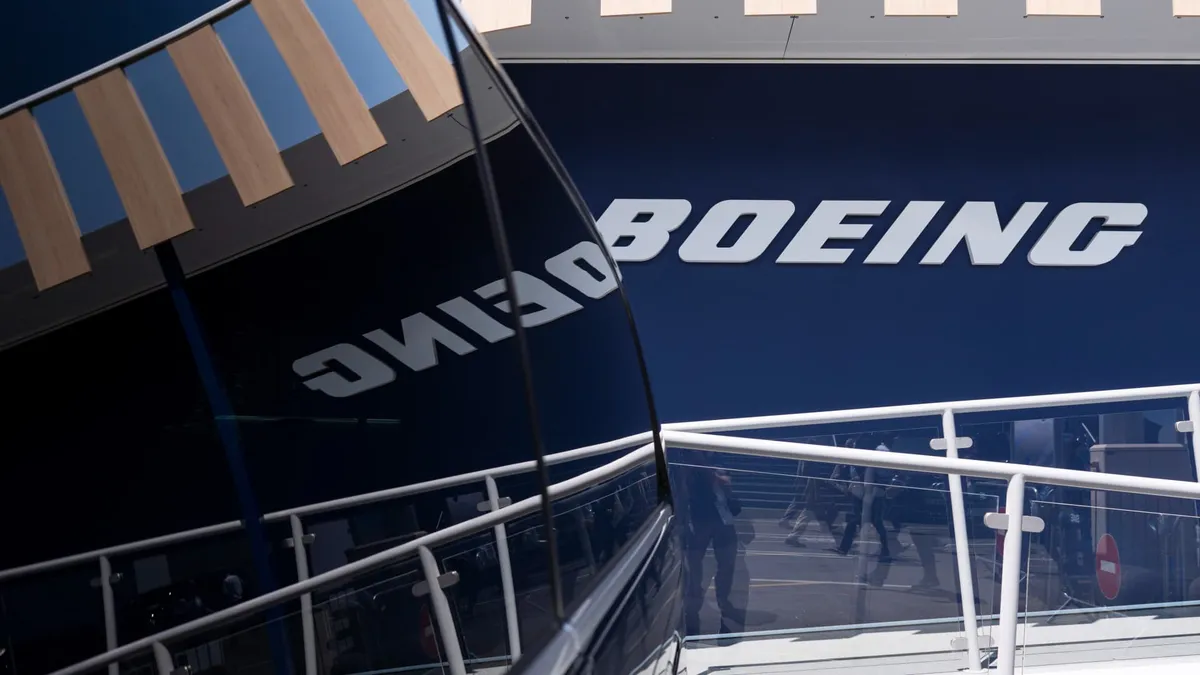
After enduring a series of crises over the past seven years, Boeing is gradually stabilizing under the leadership of CEO Kelly Ortberg. Ortberg, a seasoned aerospace executive and engineer, was brought out of retirement last year to address the numerous challenges plaguing the company. This week, he is set to present significant progress made since he took over the role one year ago, coinciding with Boeing's quarterly results announcement.
Boeing's stock has experienced a remarkable surge, with shares increasing by over 30% this year alone, signaling strong investor confidence. Analysts on Wall Street anticipate that the aircraft manufacturer will reduce its second-quarter losses by half compared to the same period last year. In a statement made in May, Ortberg expressed optimism about generating cash flow in the latter half of the year. Furthermore, Boeing's aircraft production has seen an uptick, resulting in the highest number of airplane deliveries in 18 months.
Boeing has faced criticism in the past due to missed targets on aircraft delivery schedules, certifications, and financial goals. This dissatisfaction has allowed rivals like Airbus to gain an edge in the market. However, Richard Aboulafia, managing director at AeroDynamic Advisory, notes a cultural shift within Boeing, suggesting that the company is finally moving past decades of self-inflicted wounds. Analysts are hopeful that Boeing will achieve its first annual profit since 2018 next year, a significant turnaround for the company.
Upon assuming the role of CEO, Ortberg faced numerous challenges, including a severe cash crisis. In response, he announced substantial cost-cutting measures, including the layoff of 10% of the workforce. Additionally, Ortberg had to navigate a seven-week strike by machinists, who play a crucial role in manufacturing Boeing's airplanes. His leadership also involved executing a capital raise exceeding $20 billion last fall, reorganizing the defense unit, and selling the Jeppesen navigation business. Following his appointment in August, Ortberg's proactive presence in the Seattle area has been lauded by aerospace analysts.
Despite the positive changes, Boeing's path to recovery has not been without setbacks. Shortly after the year began, a door-plug incident involving a nearly new Boeing 737 Max 9 sparked renewed scrutiny from the Federal Aviation Administration (FAA) and resulted in production slowdowns. This incident, along with missing key bolts before delivering the aircraft to Alaska Airlines, highlights ongoing quality control issues that continue to plague the company. Boeing's reputation has already been tarnished by two deadly crashes of the Max model in 2018 and 2019, leading to a challenging landscape for the manufacturer.
Historically, executives from major airline customers have publicly criticized Boeing's leadership due to persistent delays. However, sentiments have begun to shift. Ryanair CEO Michael O'Leary, who previously called for management changes, praised both Ortberg and Stephanie Pope, head of Boeing's Commercial Airplanes unit, for their efforts in improving production quality. United Airlines CEO Scott Kirby has expressed concerns regarding the certification of the 737 Max 10 but acknowledged improvements in delivery predictability. Nevertheless, delays with the Max 10 and the yet-to-be-certified Max 7 remain a source of frustration for customers, affecting their profitability and operational plans.
While there are signs of progress under Ortberg's leadership, Boeing still has numerous challenges to address. The FAA has limited Boeing's production capacity to 38 Max aircraft per month, a threshold the company has met but needs to exceed to boost revenue. Analysts believe discussions regarding an increase in production rates will commence soon. Additionally, the defense unit, which includes significant programs such as the KC-46 tanker and Air Force One, has also faced public criticism due to delays.
To maintain its competitive edge, Boeing must also consider developing a new jetliner. The 737, which has been in service since 1967, is due for an update as market demands evolve. Analysts suggest that urgency is needed in accelerating plans for new aircraft development, particularly as competition intensifies.
As Boeing navigates this critical period, the leadership of Kelly Ortberg will be pivotal in overcoming obstacles and shaping the future of this iconic aerospace manufacturer.